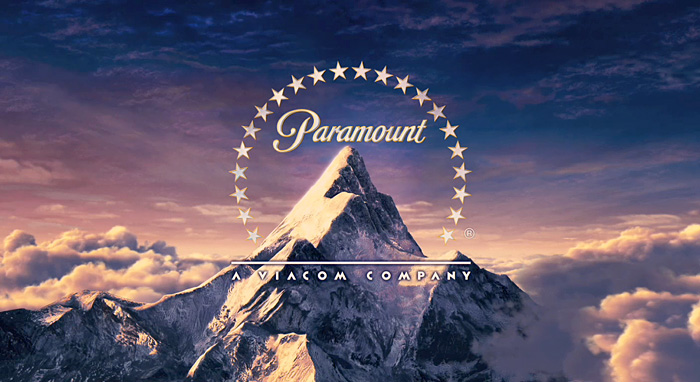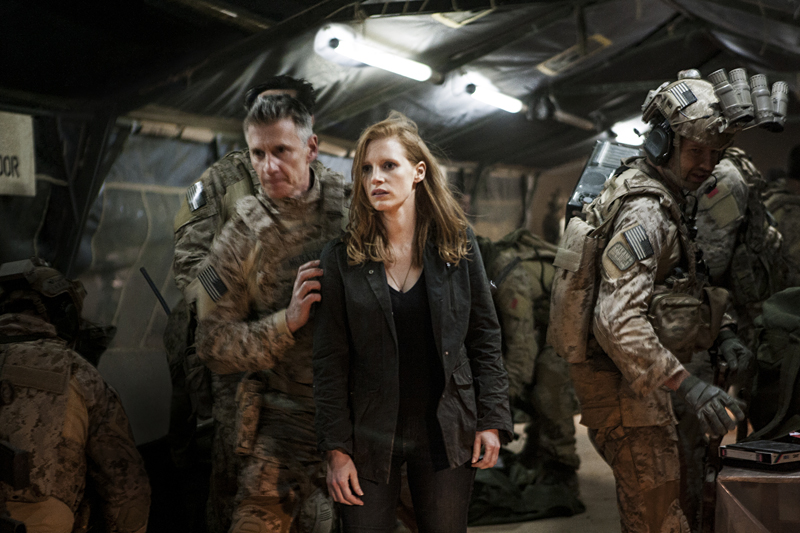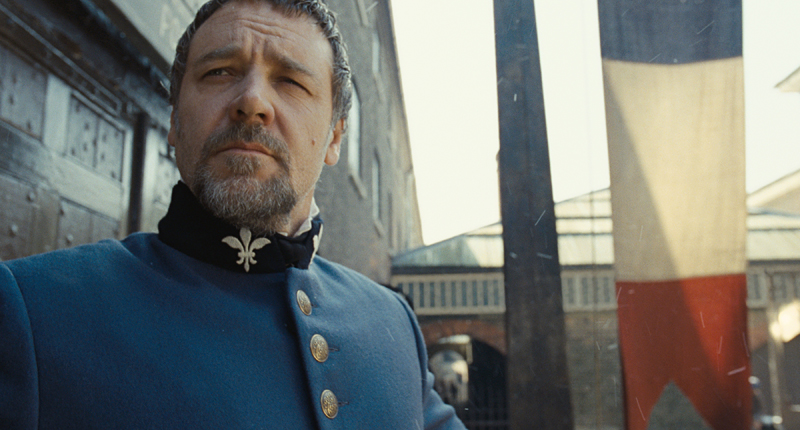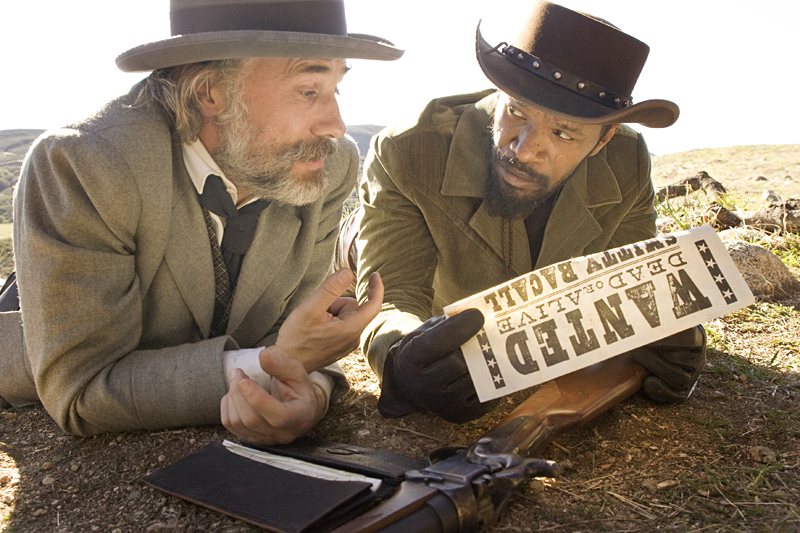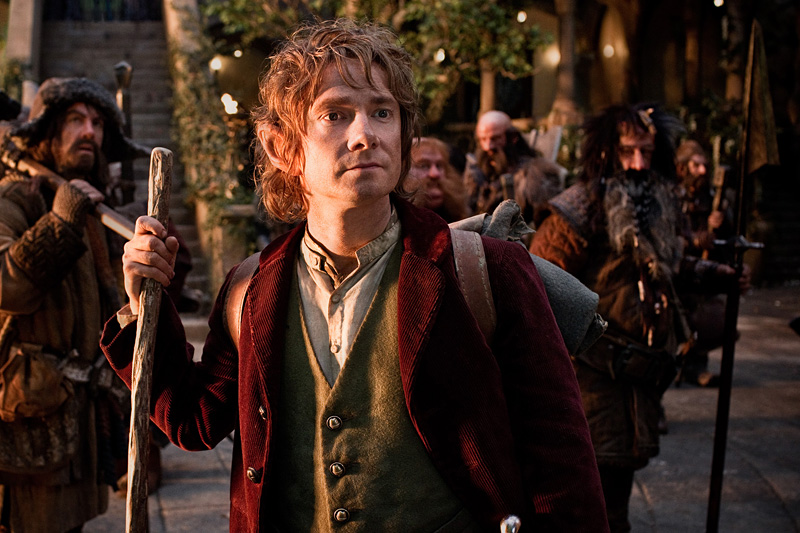It’s a warm spring evening on the Paramount Pictures lot in Hollywood, and the crowd jostling for hors d’oeuvres in the lobby of the Paramount Theater exudes the anticipatory hum of a gala studio premiere. Only tonight’s feature presentation isn’t a new summer blockbuster or year-end prestige release. Rather, it’s Chinatown, director Roman Polanski and screenwriter Robert Towne’s seminal 1974 noir, presented as part of a series of archival treasures timed to the studio’s 100th anniversary.
When the lights go down, producer Robert Evans perches himself on the edge of the stage. He tells how Chinatown was the first film in his independent-production deal at the studio—a deal he started while still serving as the studio’s overall head of production. How he initially approached Towne to adapt The Great Gatsby, only for the writer to counter with an original script. How Evans could scarcely understand the twisty plot upon first read. How he used Jane Fonda (the first choice for Chinatown‘s female lead) as a pawn with legendary agent Sue Mengers in order to get his eventual star, Faye Dunaway, for less than her asking price. How Polanski was the most brilliant director he ever worked with. And how “everyone said I was crazy—until they saw the movie.”
Arriving the same year as Francis Ford Coppola’s The Godfather Part II and The Conversation and one year ahead of Robert Altman’s Nashville, Chinatown came at the height of Evans’s power and at the peak of the American moviemaking renaissance bookended by Bonnie and Clyde and Jaws. Altman’s, Coppola’s, and Polanski’s films, plus a dozen more from that risk-taking decade, are now the subject of a month-long retrospective at the Museum of the Moving Image—a lineup that suggests Paramount had its ear especially close to the ground of the “New” Hollywood. The series also includes acknowledged classics like The Godfather (1972), Harold and Maude (1971), and Paper Moon (1973) alongside lesser-known gems like Elaine May’s A New Leaf (1971) and Peter Yates’s hard-boiled The Friends of Eddie Coyle (1973). Not a comic book adaptation among them.
It was a moment of magic born from the fires of institutional chaos. At the dawn of the 1970s, its box office fortunes failing, Paramount became the first Hollywood studio to be sold off to a larger industrial conglomerate. Yet rather than an artistic death sentence, the sale to Charles Bluhdorn’s Gulf + Western—a company that had made its fortune in auto parts—sparked a creative (and financial) renaissance. It was Bluhdorn who bet on Evans—a failed actor who had just embarked in earnest on a producing career—and Evans who in turn recruited Peter Bart, then a New York Times reporter covering Hollywood, as his vice president in charge of production. Together with the equally untested Stanley Jaffe (hired at age 30 to be studio president) and his eventual successor, Frank Yablans, they would develop many of the greatest films of the era.
In his raucously entertaining recent book, Infamous Players: A Tale of Movies, the Mob (and Sex), Bart sketches an absurdist portrait of Paramount in those days, with Bluhdorn selling off half of the lot to a shady Italian businessman, soundstages rented out for porn shoots, and Mob “fixer” Sidney Korshak retained as a kind of studio consigliere. “The atmosphere was chaotic, and corporately speaking, it wasn’t what anyone would define as a well-run company, which was its strength,” Bart says over lunch at L.A.’s Farmers Market the day of the Chinatown screening. “One of the reasons there was so many good pictures was because of the conflict within.”
In other words, it was easier to get away with things. In the case of Paper Moon, Bart says he can’t recall a single internal discussion over how director Peter Bogdanovich should shoot his lyrical, Depression-era father-daughter con artist drama. “I never told anybody in distribution or advertising or anywhere that it was going to be in black-and-white because I thought someone would throw a monkey wrench into it,” he says. “No one knew except Evans and me. And that’s how good pictures get made. At a studio today, can you imagine how many meetings would have taken place to discuss whether we should make Paper Moon and who should be in it? The only conflict I remember is that my oldest daughter used to play with [Oscar-winning Paper Moon star] Tatum O’Neal, and she didn’t like her. So she called a meeting about that.”
“The studios hadn’t quite forged the more ironclad system of controls that they later did after some legendary films supposedly broke the backs of certain studios,” recalls Coppola. Still, he counters the notion that ’70s-era studio filmmakers operated with complete creative freedom. “On The Godfather, the studio had a man named Jack Ballard who was there to make sure I didn’t veer whatsoever from the agreed-upon schedule and things I had agreed to cut from the script. He had a lot of authority. He was there on set, he was a striking guy with a bald head, and he didn’t like me.
“In subsequent years, they developed techniques to vet every choice. If you were going to hire an art director, they already had all the data on [him]: every time he had gone over budget, what he would do if there was a choice between doing what the director wanted and what the studio had dictated. There were always controls, but back then, you could still outrun or elude them or trick them somehow.”
The story behind The Godfather—from the studio’s reluctance to accept Marlon Brando and Al Pacino in the cast to the fear that Gordon Willis’s atmospheric cinematography was too dark—has been told many times, but looking back today, Coppola singles out Evans for ultimately supporting his vision.
“It’s true he didn’t want Pacino, it’s true he didn’t want the Nino Rota score, it’s true he didn’t want me after a certain point,” he says. “But ultimately, The Godfather was a two-and-three-quarter-hours movie, and he fought for that. We were editing in San Francisco, and he had told me, ‘If the first cut you show me is longer than two hours and 20 minutes, you’re going to come down and continue editing in L.A.’ I looked at the movie the week before, and it was two hours and 50 minutes. I thought, ‘Oh, God.’ I wanted to remain in San Francisco with relative privacy, so I did this Draconian cut and got it down to two hours and 20. When I showed it to Evans, he said the famous line, ‘I left you to make a film, and you’ve brought me a trailer.’
“I’d cut out all that I could cut out, which was all of the ambiance and inessential details. Than I put all that footage back, and he fought for it. And I take my hat off to him because to fight for a movie that long was a pretty gutsy thing.”
According to Coppola, Evans “had a point of view and a gut feeling about things, and they served him well.” So for that matter, did Charles Bluhdorn, who was deeply invested in the studio’s daily operation. “Bluhdorn was one of a kind,” Coppola says. “He loved movies, and he was hands-on. He was like a Harvey Weinstein in a way.”
“Charlie Bluhdorn was a kind of buccaneer,” seconds Peter Bogdanovich. “He had an Old Hollywood, pioneering kind of attitude.” An Austrian émigré, Bluhdorn always felt a strong connection to Europe, which lead him to push Paramount into the arena of international co-productions—some of which, like the Italian-Russian-British Waterloo (1970), went expensively belly-up, while others, like Bernardo Bertolucci’s The Conformist (1970) and the French gangster drama Borsalino (1970), were artistic and/or commercial triumphs on par with the studio’s domestic fare. “Here was an era where Borsalino would be released as a major studio picture,” Bart says with amazement. “Can you imagine that today?”
It was at Bluhdorn’s invitation that Bogdanovich, Coppola, and The Exorcist director William Friedkin formed an unprecedented independent-production pact within the studio, designed to create modestly budgeted films made with total autonomy by the three principals, who would also share equally in the profits. The original studio “specialty” division, the aptly named Directors Company, would produce Paper Moon as its first release, followed by The Conversation and Bogdanovich’s Daisy Miller (1974), before dissolving almost as quickly as it had formed.
“We could make any picture we wanted for $3 million or under, and we didn’t even have to tell the studio what we were doing,” Bogdanovich says. “We could also produce any movie for other directors for $1.5 million or under, and we didn’t have to tell anyone what they were, either. I was going to do a picture with Orson Welles, and we had ones with Nick Ray and King Vidor and Capra. But it all fell apart because Billy and Francis didn’t want to keep going. They wanted to make more money up front—and that’s what blew it.”
The real writing on the New Hollywood wall, however, arrived when the blockbusters of the late 1970s—chiefly Jaws and Star Wars—upended notions of how movies could be released and marketed and how much money could be quickly made. At Paramount, the Evans/Bart era gave way (in 1976) to a new regime headed by CEO Barry Diller and his production lieutenants, including eventual Disney chiefs Michael Eisner and Jeffrey Katzenberg, and future über-producer Don Simpson. At MOMI, this period is represented by the musicals Grease (1978) and Saturday Night Fever (1977), plus a couple of art films, Days of Heaven (1978) and The Elephant Man (1980), that slipped through the narrowing cracks.
“The blockbusters of the ’70s were not intended to be blockbusters,” Bart says. “Then Eisner and Katzenberg came in and thought: ‘Why not? Why can’t you figure it out?’ Their thesis obviously was, ‘We run the studio, and we’re not going to be director-oriented.'”
When Pauline Kael returned to The New Yorker in 1980 following a year-long stint as a Paramount creative consultant, it wasn’t difficult to see the TV-trained Diller and company as the unnamed executives chided in her merciless essay “Why Are Movies So Bad? Or, the Numbers.” But Kael reserved her greatest venom for the conglomerate heads responsible for hiring the new executives in the first place. “They don’t have the background, the instincts, the information of those who have lived and sweated movies for many years. Neither do most of the current studio bosses.”
Coppola echoes that sentiment when he says, “Once upon a time, the studios were owned by Jack Warner and Sam Goldwyn and Darryl Zanuck, who were tough, but they loved movies, and they were show business men who wanted to out-do each other by making better pictures. What happened in later years, as the studios became owned by other kinds of companies, is that the owner was no longer really there at the studio, or that type of show business guy. The game became different. It became not just to make wonderful movies everyone could be proud of; it became about making the stock price of the company go higher, so they could acquire CBS or NBC.”
So there is something at once celebratory and melancholic about MOMI’s Paramount salute, arriving at a moment when sophisticated, character-driven adult dramas and comedies have become nearly as obsolete in Hollywood as the musical and the western. Paramount’s own fortunes have rarely been richer, flush from a run of Marvel Comics hits (as well as a small stake in The Avengers). Meanwhile, the studio’s 2009 decision to shut down its “independent” Paramount Vantage arm, concurrent with Warner Bros.’ axing of Warner Independent Pictures, has left moviegoers all the poorer.
“Today,” Bart says, “everything is about instant awareness. Basically, our dictum used to be ‘Surprise me.’ Now, it’s ‘What’s been done before?'” As a character in one iconic Paramount film might say, “Forget about it, Jake, it’s Hollywood.”
